On a January morning the thermometer on my car read -12°F on what was the coldest day of the winter, so far. I was driving to meet conservation colleagues to climb Old Speck, following the Appalachian Trail (AT) to its summit. This section of the AT borders the Grafton Forest parcel that the Forest Society of Maine is seeking to conserve. When we headed up the trail, it had warmed to 6°F and the bright sun and brilliant snow dazzled us as we snowshoed 7.6 steep miles, round trip.
The Forest Society of Maine (FSM) is leading the effort to conserve approximately 21,300 acres of forestland that comprise the Grafton Forest project, and is joined by two partners, the Northeast Wilderness Trust (NEWT) and the Maine Appalachian Trail Land Trust (MATLT). FSM will be placing a working forestland conservation easement on the majority of the forestland. NEWT will take ownership of the higher elevation land and place a Forever Wild Easement on land that will be held by MATLT.
Grafton Forest is uniquely important to those who hike, maintain, and help provide rescue services for those on the AT. Two AT side trails, the Speck Pond Trail and the Notch Trail, cross the Grafton Forest project lands to connect with the bordering AT. The project will ensure these side trails and access to them will remain into the future. Dogsled, ski, ATV, and snowmobile trails also thread the property and are important to local residents.

At the summit of Old Speck, we looked out over the Grafton Forest lands, stretching out to the west to form a magnificent viewshed for the AT. From the fire tower, there are 360-degree views of the snow bedecked mountains, lakes, and forests. Not only stunningly beautiful, the project area is also highly rated for terrestrial climate resilience by The Nature Conservancy and will form a bulwark against development pressure from the nearby Sunday River Ski Resort.
Gazing at the snow-covered mountain landscape I felt my spirits soar knowing of the strong partnerships with the landowner, many conservation and recreation organizations, and donors who are working with FSM to safeguard this special place. Conserving this area is vital for responding to climate change, maintaining working forests and wildlife habitats, and for the future enjoyment of all who are inspired by the vantage across Grafton Forest.
–Karin Tilberg
Article originally published in the 2021 spring edition of Forest View, FSM’s biannual newsletter.



